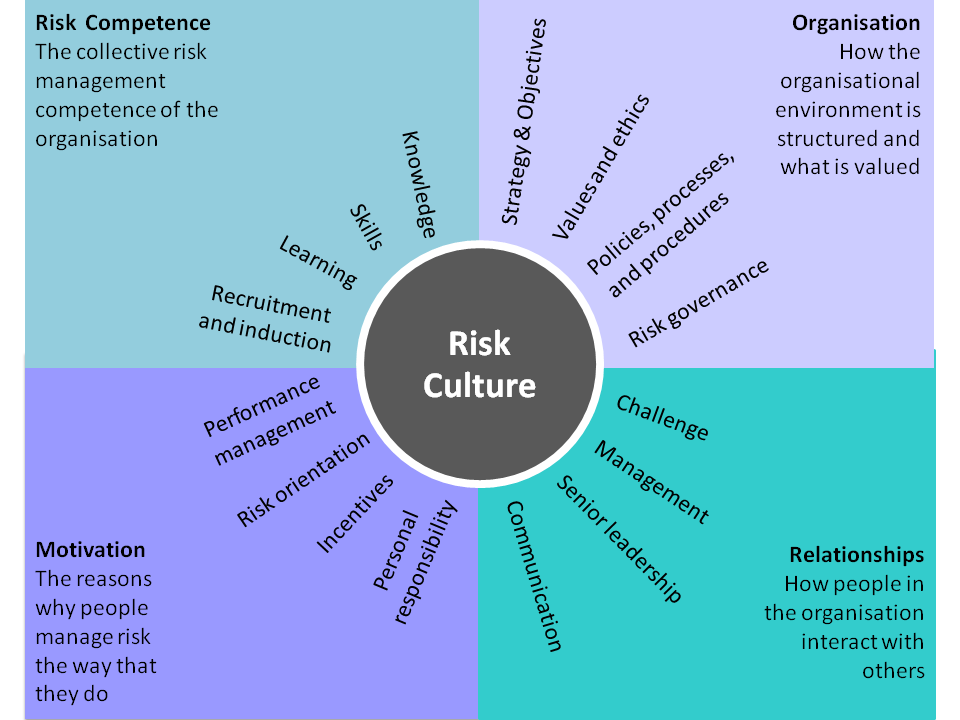Why haven't Indian Companies Reached Apple or NVIDIA-Level Scale?
 Aakashi Jaiswal
Aakashi Jaiswal
You know what's fascinating?
India has the world's largest tech workforce, some of the brightest minds in technology, and yet we don't have a single company that comes close to the trillion-dollar valuations of Apple or NVIDIA.
Let's break down why that's the case – no corporate jargon, just straight talk.
The Education-Innovation Gap First things first – yes, India produces tons of engineers every year. But here's the catch: our education system has traditionally focused more on creating great employees rather than great innovators.
While we excel at providing tech talent to global companies, we've been playing catch-up in fostering the kind of revolutionary thinking that led to the iPhone or groundbreaking AI chips.
Think about it – Steve Jobs didn't just create a phone; he reimagined how humans interact with technology.
NVIDIA's Jensen Huang didn't just make better graphics cards; he foresaw how GPU computing would revolutionize AI. This kind of forward-thinking innovation requires an ecosystem that encourages risk-taking and out-of-the-box thinking from an early age.
The Capital Conundrum Money matters, and here's where things get interesting. When Apple was building the first iPhone, they had access to massive amounts of patient capital – investors willing to wait years for returns. Indian companies? Not so lucky. Our venture capital ecosystem, while growing, is still relatively young.
Here's a reality check: Indian startups often have to show profitability much earlier in their journey compared to their Silicon Valley counterparts.
While American tech companies could burn cash for years focusing on growth and innovation, Indian companies have traditionally faced pressure to generate profits quickly. This shapes how ambitious their projects can be.
The Infrastructure Challenge Let's talk about something basic but crucial – infrastructure. When NVIDIA wants to set up a new facility, they get access to reliable power, high-speed internet, and efficient logistics. In India, companies often have to deal with power cuts, internet issues, and complex logistics challenges.
This might seem like a small thing, but it adds up. When you're spending time and resources dealing with basic infrastructure challenges, it's harder to focus on breakthrough innovation. It's like trying to build a spaceship while constantly fixing the factory roof.

Risk-Averse Business Culture Here's something we don't talk about enough – Indian business culture tends to be more conservative. And there's a historical reason for this.
For many years, running a business in India meant navigating complex regulations and limited resources. This created a mindset focused on sustainability rather than moonshot projects.
While this approach has its merits, it doesn't create the kind of companies that reshape entire industries. Apple bet the company on the iPhone. NVIDIA transformed itself from a gaming company to an AI powerhouse. These kinds of bold pivots require a culture that embraces big risks.
The Market Reality Now, let's talk markets. India's consumer market, while huge in numbers, has very different characteristics from markets where companies like Apple thrive. The average Indian consumer is incredibly price-sensitive, and rightfully so. This means Indian companies often have to focus on value rather than premium offerings.
This market reality shapes company strategies. While Apple can charge $1000+ for a phone, Indian companies need to think about products at much lower price points. This affects profit margins and, consequently, the amount they can reinvest in R&D and innovation.
The Brain Drain Factor Here's a painful truth – many of India's most innovative minds end up working for global tech giants rather than Indian companies. And it's not just about money. These companies offer the chance to work on cutting-edge technology with virtually unlimited resources.
Think about it – some of the top executives at Google, Microsoft, and other tech giants are of Indian origin. This talent could have potentially built India's answer to Apple or NVIDIA, but the ecosystem wasn't ready to support their ambitions when they were starting out.
The Path Forward, But here's the good news – things are changing. India's startup ecosystem is maturing. We're seeing more ambitious projects, more patient capital, and a gradual shift in business culture.
Companies like Zerodha have shown that it's possible to build highly profitable tech companies with minimal external funding.

The government's focus on Digital India, improving ease of doing business, and supporting startups is also helping. We're seeing more Indian companies filing patents, investing in R&D, and taking on ambitious projects.
Will we see an Indian Apple or NVIDIA soon? Maybe not tomorrow, but the foundation is being laid. The next generation of Indian entrepreneurs is thinking bigger, taking more risks, and has better access to capital and resources than ever before.
The key will be patience – building companies of that scale takes decades, not years. It requires consistent investment in innovation, a supportive ecosystem, and a business culture that celebrates ambitious thinking.
So while we might not have our trillion-dollar tech giant yet, the ingredients are coming together. The question isn't if India will produce companies of that scale, but when. And when it happens, it will probably be in a uniquely Indian way, solving uniquely Indian problems, before scaling globally.
Subscribe to my newsletter
Read articles from Aakashi Jaiswal directly inside your inbox. Subscribe to the newsletter, and don't miss out.
Written by

Aakashi Jaiswal
Aakashi Jaiswal
Coder | Winter of Blockchain 2024❄️ | Web-Developer | App-Developer | UI/UX | DSA | GSSoc 2024| Freelancer | Building a Startup | Helping People learn Technology | Dancer | MERN stack developer